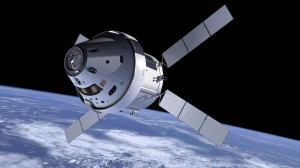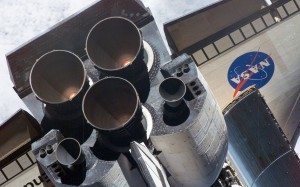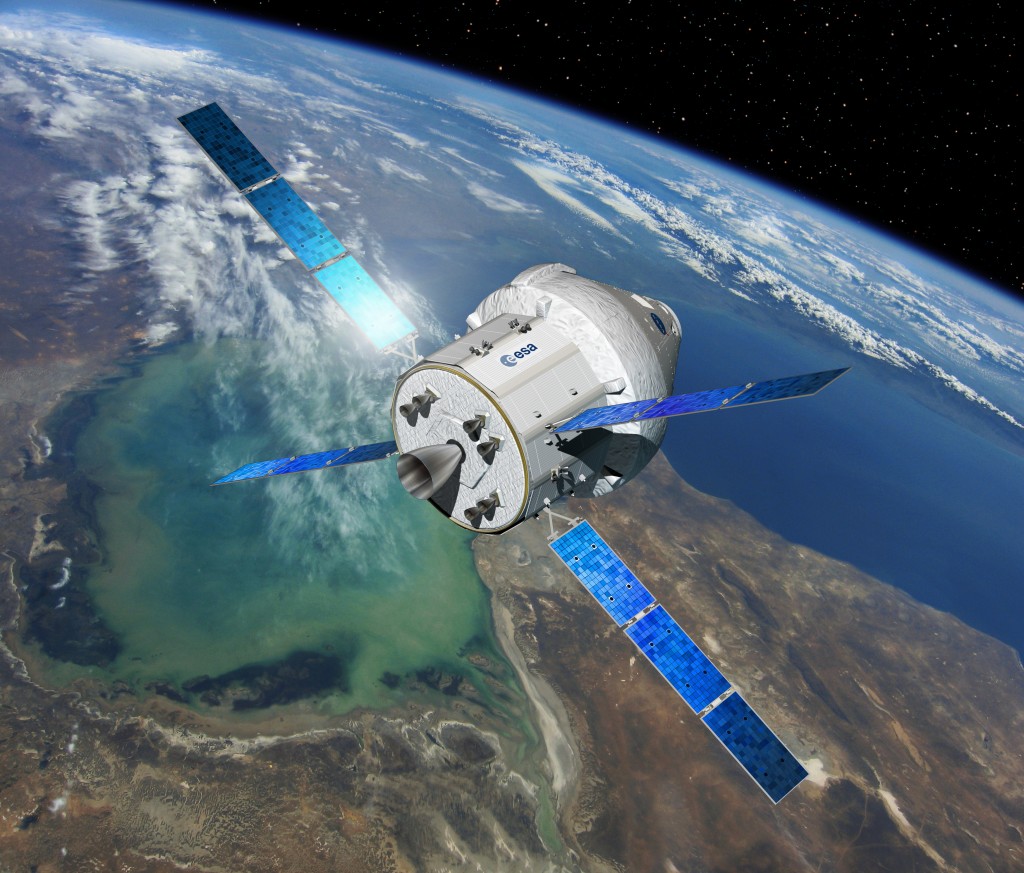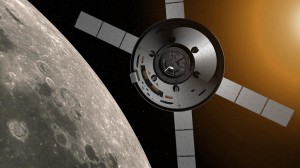Today, NASA and ESA announced the details of their cooperation in NASA’s human spaceflight programme based on the Orion spacecraft.
(Watch replay of ESA/NASA media briefing webcast 16 Jan 2013.)
This is good news for ATV as Orion will feature an ATV-derived service module to provide propulsion and power to the spacecraft as well as provide the astronauts in the habitable module with much-needed oxygen, water and other life support such as keeping the astronauts warm.
The service module will keep ATV’s distinctive solar panels and shape; the cylindrical ATV 2.0 will be 2.7 metres long and 4.5 metres in diameter, similar to a present-day ATV but half as long.
To push Orion through space, NASA will supply the ATV service module with an extra engine, none other than a recycled Space Shuttle thruster. This engine will supply around 26 kN of thrust in addition to eight smaller engines as backup. The smaller engines will supply a total of 490 N, enough to get Orion back to Earth.
Attitude control will be done by yet more thrusters for which the design needs to be finalised, but think in terms of 20+ small engines working together.
Although ATV’s solar panel configuration will remain, ESA will give them a significant upgrade. Slightly shorter but wider, Orion’s solar panels will use Gallium Arsenide technology and supply more electricity, up to 11 kW, or enough to power the energy needs of a typical household. These newer solar panels offer 30% efficiency converting solar energy; ATV’s current solar panels only manage around 17%.
The official name of Orion is ‘Multi-Purpose Crew Vehicle’ as the spacecraft can be used to complete different missions. Presently NASA wants to do a first unmanned test flight in 2017, meaning that ESA will have to deliver the first service module in 2016. This is a tight deadline, but the people behind ATV have gotten used to delivering a new spacecraft in under 20 months.
To deliver on time, the service module will be heavily based on ATV technology that has proven itself after three flawless missions, with two more to come by the end of next year.
After the test flight, ATV and Orion will be headed for the Moon and beyond to an asteroid in subsequent missions.
The agreement was given the go-ahead at ESA’s ministerial council last November and allows European industry to capitalise on ATV technology while significantly cutting research and production costs for NASA.
The first service module will be delivered as part of ESA’s contract for International Space Station utilisation. An option for a second module can be exchanged in kind for other services such as sending a European astronaut on Orion.
Of course the ATV blog will feature regular updates of developments.





 Automated Transfer Vehicle page
Automated Transfer Vehicle page ATV blog archive
ATV blog archive
Discussion: one comment
Thanks for all the technical details that weren’t covered in the news conference. There it was also stated that – so far – ESA will only supply the Service Module for the EM-1 flight although NASA could use left-over spare parts for EM-2. But what then? Will – original contractor – LockMart then become the supplier of the SMs for all the subsequent Orion flights? Thomas Reiter spoke of the EM-1 contract as the “start of extended cooperation,” but it wasn’t made clear what the future path would be. (And whether, as part of that, an ESA astronaut might venture beyond LEO in the 2020s …)